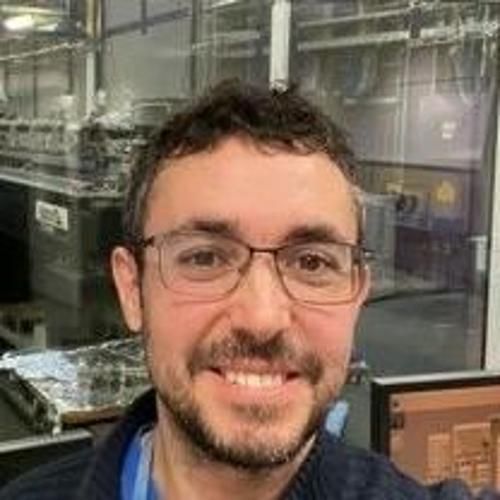
AURELIO
HIERRO RODRIGUEZ
Profesor Ayudante Doctor
Departamento: Física
Área: Física de la Materia Condensada
Grupo de investigación: GRUPO DE NANOCIENCIA
Email: hierroaurelio@uniovi.es
Doctor por la Universidad de Oviedo con la tesis Efectos de confinamiento por nanoestructuración en láminas magnéticas con anisotropía perpendicular 2012. Dirigida por Dr. Luis Manuel Álvarez Prado, Dr/a. Jose María Alameda Maestro.
Aurelio Hierro-Rodriguez graduated in Physics in 2007 at the University of Oviedo (Spain) where he obtained his PhD in 2012 at J.M. Alamedas laboratory with the funding of a competitive grant from the Spanish Ministry of Science (FPU program). His PhD thesis was devoted to the study of confinement effects in magnetic nanostructures with weak Perpendicular Magnetic Anisotropy (PMA). During this period, he mastered Top-Down nanofabrication methods such as photolithography and e-beam lithography, as well as several PVD techniques and dry etching methods. He employed Magnetic Force Microscopy and Kerr Microscopy techniques for the characterisation of the fabricated systems unravelling the presence of magnetic topological defects in weak PMA systems, and most importantly, show how to control the nucleation of these defects by nanoparterning. During his PhD he performed several outreach activities leading and organising two workshops for the construction of Newtonian Telescopes for High School students. After his PhD, he obtained a competitive postdoctoral grant (2013 - 2017) at the University of Porto (Portugal) funded by the Portuguese Ministry of Science (FCT Postdoc) to develop H2 gas sensors using Pd based optical metamaterials. He added to his nanofabrication knowledge self-assembled bottom-up template methods for the fabrication of ordered Nanowire arrays during this period. He constructed and tested a prototype for an optical transmission gas sensor exploiting anomalous absorption effects in the Pd based metamaterials, demonstrating its functionality and explaining the underlaying physics driving the effect. He also continued with his research on weak PMA systems and mastered micromagnetic simulations. He demonstrated magnetic reconfigurability properties in hybrid hard/soft magnetic composites by combining patterned PMA and in-plane soft magnetic materials. Importantly, he also studied in detail nontrivial magnetic topological defects in weak PMA materials (Merons and Bloch points) explaining their key role in the magnetisation reversal processes in these systems. This led to the beginning of the collaboration with the ALBA Synchrotron (Spain) which continues nowadays to develop advanced magnetic imaging methods based on X-rays to study nontrivial magnetisation textures. In September 2017, Aurelio Hierro-Rodriguez was hired by the ALBA Synchrotron to develop the first magnetisation reconstruction algorithm for Soft X-rays which was completed after 4 months. He was awarded with a Marie Curie Individual Fellowship and in January 2018 he joined the University of Glasgow (UK) for continuing the study on topological defects and nontrivial magnetisation textures using X-rays and Transmission Electron Microscopy (TEM) leading his own project as PI. He used Differential Phase Contrast methods in Scanning TEM to investigate weak PMA materials with lateral resolutions as small as few nm. He adapted the reconstruction codes developed for X-rays to reconstruct the magnetic vector potential field and get insight on the magnetic induction in 3D. During this period, he starts a fruitful collaboration which continues nowadays with the groups of Amalio Fernandez-Pacheco, Claire Donnelly and Peter Fischer, for the fabrication, characterisation and analysis of 3D nanomagnetic systems, contributing to the advance of 3D Nanomagnetism. He obtained a Lecturer Position (Profesor Ayudante Doctor) at the University of Oviedo, joining the Nanoscience group in January 2020 where he develops his research and teaching activities, working on the development of advanced 3D magnetic imaging methods, and the study of complex 3D magnetisation textures.






